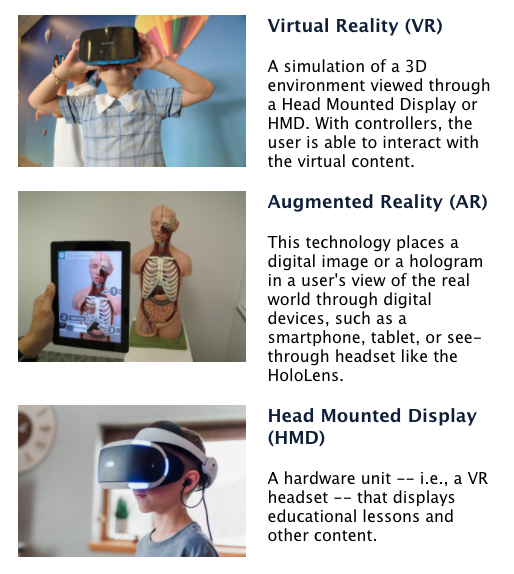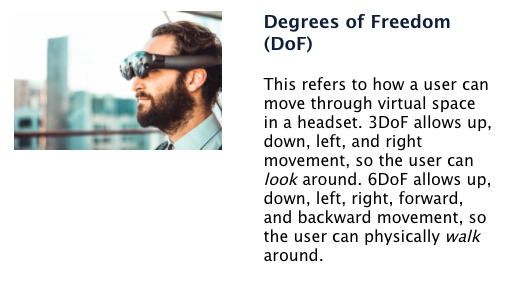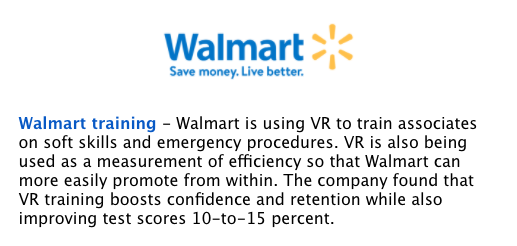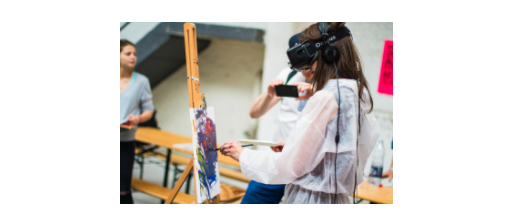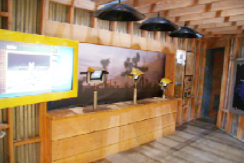Foreword by 3D ORGANON
In this ever-changing world, it is urgent that we respond to the growing demand for a wider range of technology-enhanced curriculum. Eager to respond to this demand, we create3D Organon with the promise to continue to cultivate the dynamics for new learning paradigms and advanced medical education.
Based on our experience as qualified medical professionals, we can help healthcare focused audiences land on the best solutions to craft their own use case scenario and make the most out of edge virtual reality (VR) technologies.
Available in VirtualReality (VR), MixedReality (MR),Augmented Reality (AR), desktop, tablet, and mobile devices, 3DOrganon turns into the most advanced Extended Reality (XR) anatomy platform. Given that the world is witnessing one of the most pivotal moments in the last few decades the unhindered delivery of education seems to be more than imperative. We are ready to address the arising challenges regarding the new reality created due toCovid-19. This is a momentous occasion to overcome limitations and benefit from the high value potential enabled by virtual reality technologies.We can guarantee continuous delivery of healthcare education in safe environments in real time that suit both on-campus and remote users.
We have focused on driving anatomy to new levels and allow a broad spectrum of health professionals, practitioners, educators and learners to access our meaningful learning content from their own devices regardless of their location. By supporting various forms of online learning modalities we facilitate profound understanding of the functions of the human body, through an extensive knowledge-base of anatomical definitions and a plethora of highly-detailed 3Dmodels offered. Our app covers more than 10,000anatomical structures organized in 15 body systems, and over 550 detailed animations of body actions of muscles and organs all of which add significant value to the medical and healthcare education.
Users are free to toggle between body systems, view, review, hide or fade structures, run interactive clinical anatomy quizzes, self directed study, and communicate queries with text and voice chat systems. Under the circumstances enabled by immersive technologies, sessions facilitate deeper immersion, stronger memory imprints and longer retention.
Hundreds of prestigious institutions, such as universities, hospitals, military units, associations, museums, libraries, and high schools have entrusted our app to drive leaps in learning. 3DOrganon aims to bring the world closer. For this reason, its extensive knowledge-base of anatomical definitions is available in 15 languages: English, traditional and simplified Chinese, German, Italian, Spanish, Georgian,Polish,Portuguese, Latin (terminology), Russian, Ukrainian, French, Greek, and Thai.DeepQ, the healthcare department of the tech giant HTC and a strategic partner of3D Organon, has the exclusive distribution of the platform in the Asia region to turn the dream into concrete reality.
Despite the restrictions imposed by the pandemic, we can offer the requisite building blocks for optimized learning and training possibilities with minimized costs. A virtual reality ecosystem seems to be the safest conduit to predict a brighter outlook for medical education.
We had better not miss out on the opportunity.
Virtually,
Dr. Athanasios Raikos
CEO, 3DOrganon
Dr. Panagiota Kordali
Director, 3DOrganon



